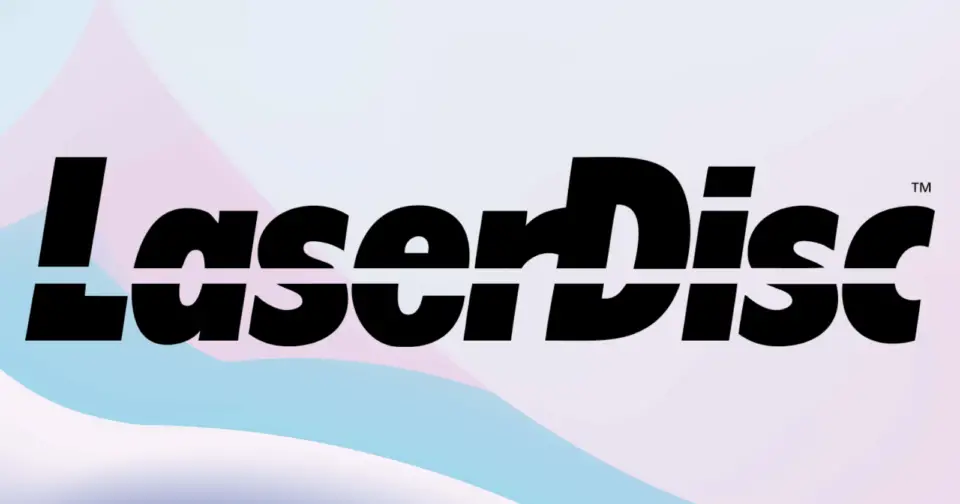Laserdiscs, also known as “disco-vision,” were the first optical discs for home entertainment, introduced in 1978. While they didn’t achieve the widespread popularity of their successors like DVDs, laserdiscs were still an important stepping stone in the evolution of home entertainment. In this article, I’ll explore everything you need to know about laserdiscs, from their technology to their impact on the film industry and their current place in the world of collectibles.
In this article, I’ll delve into the technology behind laserdiscs, their advantages and disadvantages, and their impact on the entertainment industry. We will also discuss how to start a laserdisc collection, the most valuable and rare laserdiscs, and how to care for and maintain these discs.
What is a Laserdisc?
A laserdisc is a large, 12-inch optical disc that stores analog video and audio data using laser technology. It was the first format to offer full-length movies with superior video and audio quality, and it could hold up to 60 minutes of footage on each side. Laserdiscs were also the first format to include bonus features such as commentary tracks and behind-the-scenes documentaries.
More on VHS and Retro Media:
- 80s and 90s Video Store Memories
- My Favourite 80s Horror VHS Covers
- VHS Tape Collecting
- Best 80s Action Movies
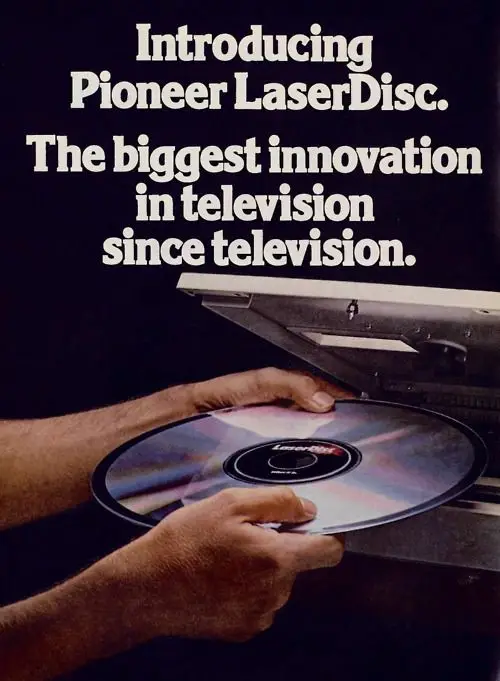
Short History of Laserdisc Technology
Laserdisc technology was developed in the 1960s and 70s, with the first commercial player and disc introduced in 1978 by MCA and Philips. Despite initial interest from consumers, the format never reached the mainstream popularity of VHS and later, DVDs.
How do Laserdiscs Work?
Laserdiscs use a laser to read and interpret the data encoded on the disc. The disc is read using a spinning mirror that directs the laser beam to the disc’s surface, allowing it to interpret the data stored on the disc. The video quality is superior to that of VHS tapes, offering higher resolution and better sound quality.
Compared to VHS tapes and DVDs, laserdiscs offer superior video and audio quality. However, they are also more expensive and require specialized players, making them less accessible to the general public.
Advantages and Disadvantages of Laserdisc Technology
Laserdiscs offer better video and audio quality than VHS tapes, and they were the first format to offer bonus features like director’s commentaries and behind-the-scenes documentaries. However, they were expensive and required specialized players that were not widely available, which limited their appeal.
The Early Years of Laserdiscs and its Development
Laserdisc technology was developed in the 1960s and 70s, with the first commercial player and disc introduced in 1978 by MCA and Philips. The technology was considered groundbreaking at the time, offering superior video and audio quality compared to VHS tapes.
The Growth and Popularity of Laserdiscs
Laserdiscs never achieved mainstream popularity, but they were still embraced by movie enthusiasts and collectors. They offered superior video and audio quality, and the inclusion of bonus features like commentaries and documentaries made them an attractive option for film lovers.
The Decline of Laserdiscs
The rise of DVDs and digital media spelled the end of Laserdiscs as a popular format. DVDs offered similar video and audio quality at a lower cost, and they were more widely available than Laserdiscs.
Collecting Laserdiscs
Some Laserdiscs are considered valuable and rare due to limited release, special packaging, or unique features. Some of the most sought-after titles include special editions of popular movies, such as the Criterion Collection releases. Here are some of the most sought-after and collectible Laserdiscs:
Star Wars Trilogy: Definitive Collection
This 1993 release is one of the most sought-after laserdisc sets. It includes the original Star Wars trilogy with additional scenes and features, as well as a 70-minute documentary about the making of the movies.

The Criterion Collection Laserdiscs
The Criterion Collection is a series of laserdisc releases that are highly sought after by collectors. These releases are known for their high-quality transfers and extensive bonus features, and some titles can fetch hundreds or even thousands of dollars.
Akira
The Japanese anime classic Akira was released on laserdisc in 1988 and is highly prized by collectors. The film’s groundbreaking animation and dystopian storyline make it a popular title among anime enthusiasts.

Blade Runner: The Director’s Cut
The 1991 laserdisc release of Blade Runner includes the director’s cut, making it a highly coveted release for fans of the film.
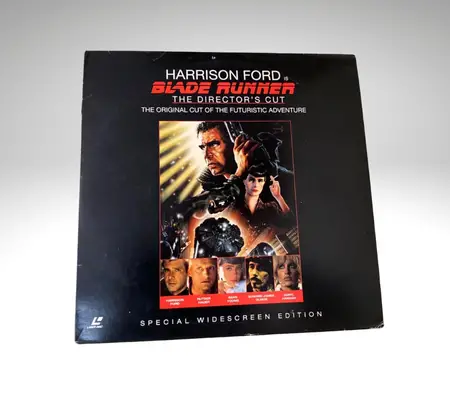
The Beatles Anthology
The Beatles Anthology laserdisc set includes a collection of music videos, behind-the-scenes footage, and interviews with the band members. It was released in 1996 and is highly sought after by Beatles fans and collectors.

Indiana Jones Trilogy
The laserdisc release of the Indiana Jones trilogy includes all three films with special features, making it a highly sought-after release for fans of the adventure series.
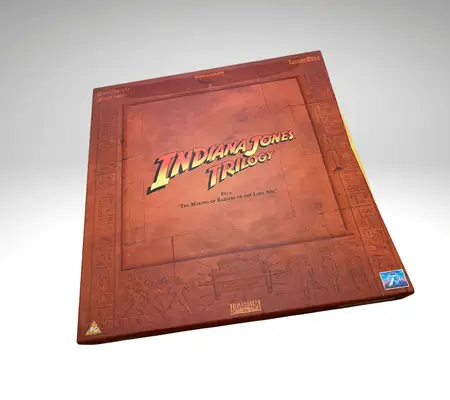
Apocalypse Now
The laserdisc release of Apocalypse Now includes the original theatrical release as well as the extended version, making it a highly prized release for fans of the film.
Overall, rare and valuable laserdiscs are highly prized by collectors, and many titles can fetch high prices on the collector’s market.

How to Maintain Laserdiscs
Laserdiscs require special care and maintenance to ensure they last for a long time. They should be kept in a cool, dry place and handled carefully to avoid scratches or damage. Cleaning them regularly with a soft cloth is also important to ensure optimal performance.
The Influence of Laserdiscs on the Film Industry
Laserdiscs were the first format to offer bonus features like commentary tracks and behind-the-scenes documentaries, paving the way for the special features that are now common on DVD and Blu-ray releases. They also played a role in the preservation of older movies, as many older films were remastered and released on laserdisc.
The Impact of Laserdiscs on Home Entertainment
While laserdiscs never achieved mainstream popularity, they were still an important stepping stone in the evolution of home entertainment. They paved the way for DVDs and Blu-rays, and their focus on high-quality video and audio paved the way for the home theater experience that is now so popular.
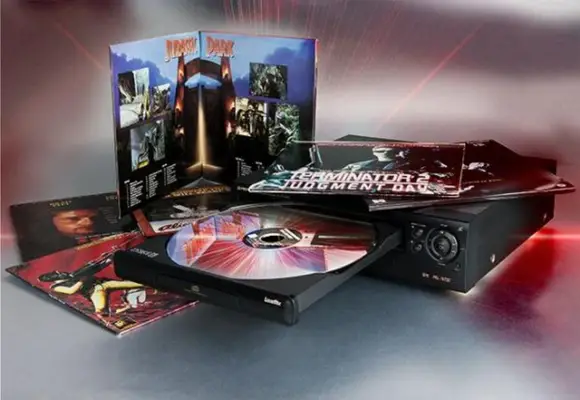
Laserdiscs Today
While laserdiscs are no longer being produced, they still hold a special place in the hearts of collectors and film enthusiasts. The format is now considered a collectible, with many rare and valuable titles sought after by collectors. As technology continues to evolve, laserdiscs will likely remain an important part of the history of home entertainment.
Final thoughts on Laserdiscs
Laserdiscs were an important stepping stone in the evolution of home entertainment, offering superior video and audio quality and paving the way for the special features and bonus content that are now so common on DVD and Blu-ray releases. While they never achieved mainstream popularity, they remain an important part of film history and a valued collectible for movie enthusiasts and collectors.
Laserdiscs are still an important part of the history of home entertainment and a testament to the drive for innovation and improvement in the industry.

